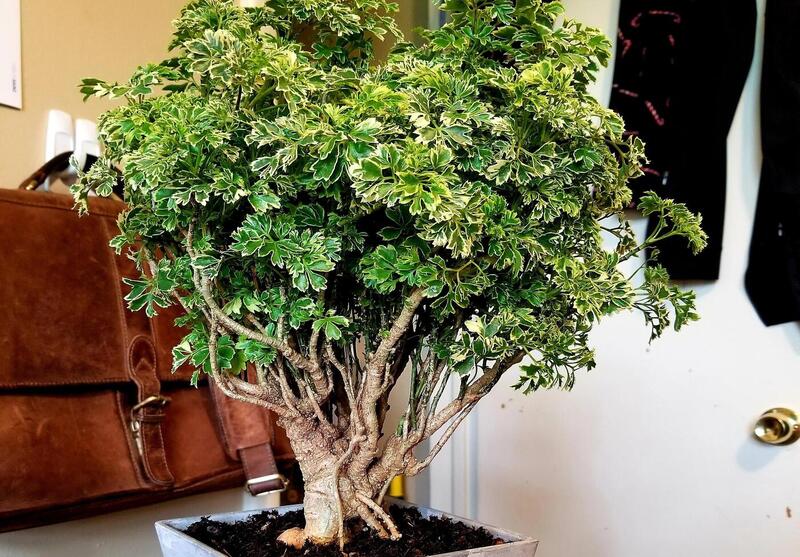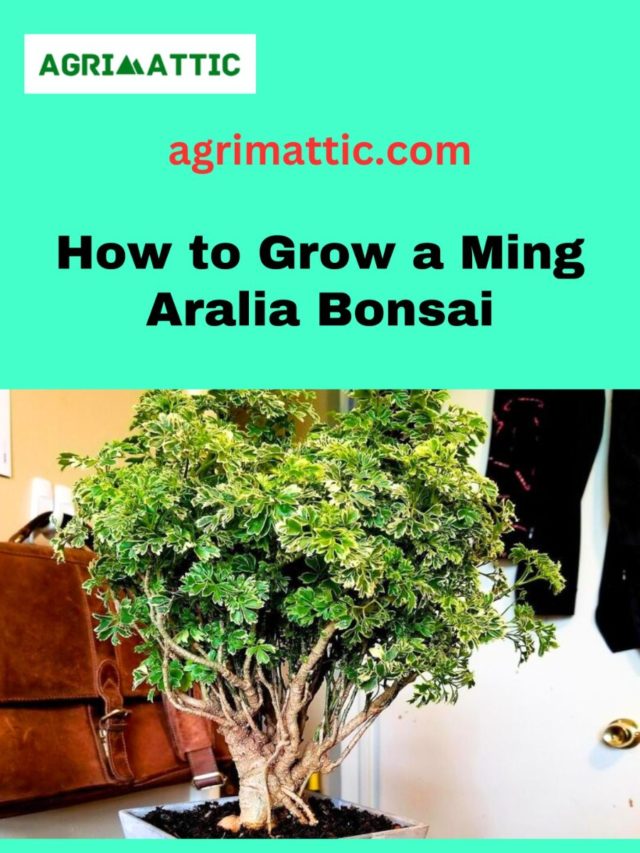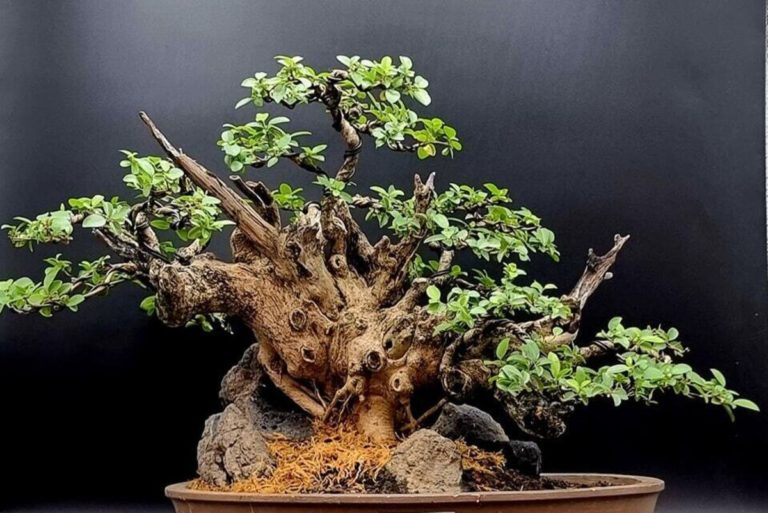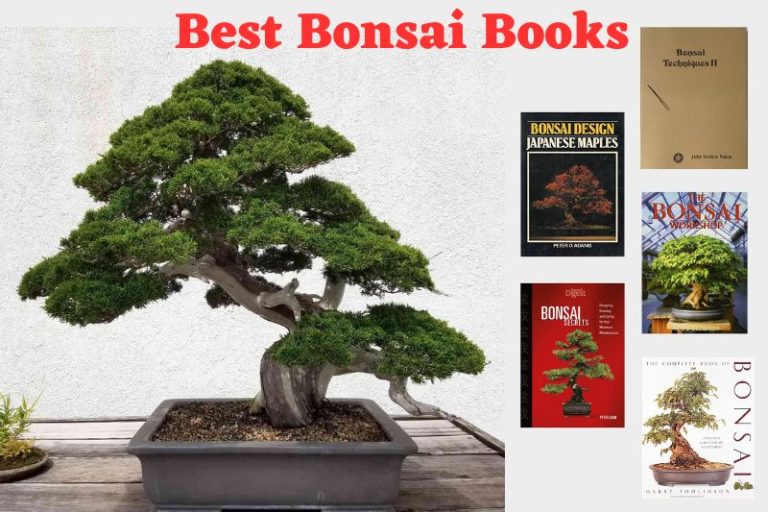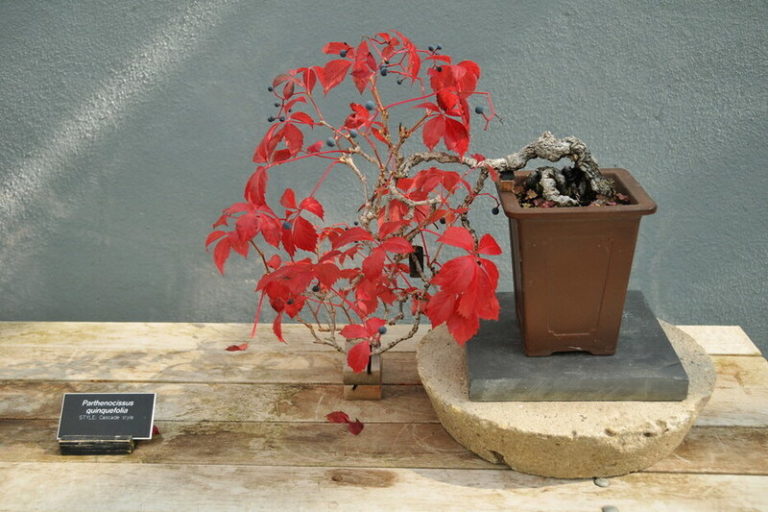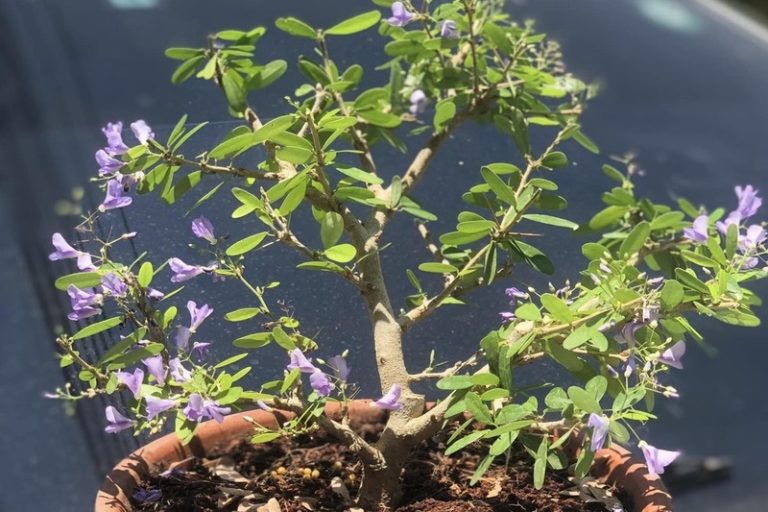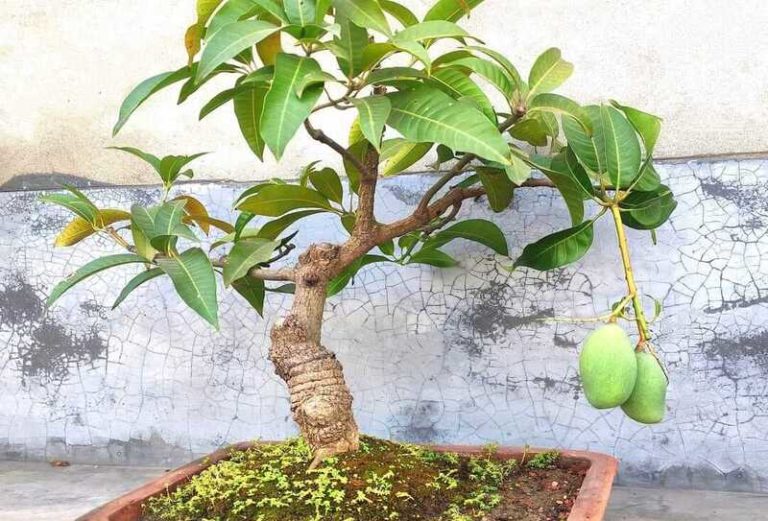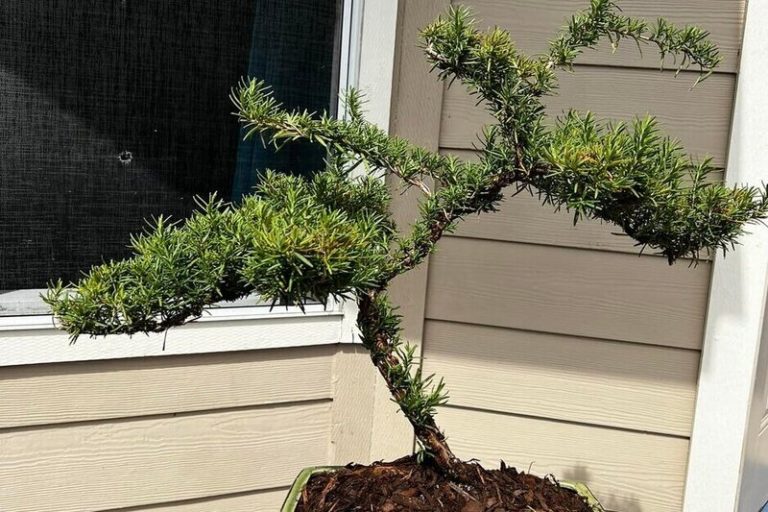Ming Aralia Bonsai: A Beautiful and Unique Addition to Your Collection
If you are a bonsai enthusiast, you may have already heard of the Ming Aralia bonsai. This beautiful and unique plant is a popular choice among bonsai collectors due to its striking appearance and ease of care. In this article, we will take a closer look at the Ming Aralia bonsai, its characteristics, care requirements, and tips for growing and maintaining this beautiful plant.
What is a Ming Aralia Bonsai?
The Ming Aralia Bonsai, also known as Polyscias fruticosa, is a type of bonsai tree that is native to Southeast Asia and the Pacific Islands. It is a popular choice for bonsai enthusiasts due to its unique and attractive appearance, featuring dense, bushy foliage and bright green, glossy leaves that grow in a distinct pattern.
The Ming Aralia Bonsai can grow up to six feet in height, but it is typically kept much smaller when grown as a bonsai. It is relatively easy to care for, making it a great choice for both beginner and experienced bonsai growers.
History and Origins of the Ming Aralia Bonsai
The Ming Aralia Bonsai, also known as Polyscias fruticosa, has a rich history and is considered a symbol of good luck and prosperity in many cultures. It is native to Southeast Asia and the Pacific Islands, where it grows as a small tree or shrub in tropical forests.
In traditional Chinese culture, the Ming Aralia plant is known as “Chamaedorea elegans” and is believed to bring good fortune and prosperity to its owner. It is often given as a gift during weddings, housewarmings, and other important occasions.
The Ming Aralia plant was first introduced to Europe in the 19th century and quickly gained popularity as a houseplant due to its attractive appearance and ease of care. It was later introduced to Japan, where it became a popular choice for bonsai enthusiasts.
Today, the Ming Aralia Bonsai is a beloved and sought-after plant in the world of bonsai, prized for its unique appearance and symbolism. It is commonly found in bonsai collections around the world and continues to be a popular choice for both beginner and experienced bonsai growers.
Types of Ming Aralia Bonsai
There are several types of Ming Aralia Bonsai, each with its own unique characteristics and appearance. Here are a few of the most common types:
1. Variegated Ming Aralia Bonsai: This type of Ming Aralia Bonsai has leaves with a mix of green and white colors, creating a variegated or marbled effect. It is a popular choice among bonsai enthusiasts due to its striking appearance.
2. Dwarf Ming Aralia Bonsai: This type of Ming Aralia Bonsai is smaller in size and has a more compact growth habit than other varieties. It is a great choice for small spaces or for those who prefer a more understated bonsai.
3. Spiral Ming Aralia Bonsai: This type of Ming Aralia Bonsai is trained to grow in a spiral shape, creating an interesting and unique appearance. It requires careful pruning and training to maintain its shape.
4. Button Ming Aralia Bonsai: This type of Ming Aralia Bonsai has smaller leaves than other varieties, creating a more delicate and intricate appearance. It is a great choice for those who prefer a more intricate and detailed bonsai.
5. Hawaiian Ming Aralia Bonsai: This type of Ming Aralia Bonsai is native to Hawaii and has a more tropical appearance than other varieties. It has larger leaves and a more open growth habit, creating a more relaxed and casual appearance.
These are just a few of the many types of Ming Aralia Bonsai available. Each variety has its own unique characteristics and appearance, making it easy to find the perfect Ming Aralia Bonsai for your bonsai collection.

Ming Aralia Bonsai and Its Symbolism
The Ming Aralia Bonsai is not only valued for its beauty and ease of care, but it also carries a rich symbolism that has made it a popular choice among bonsai enthusiasts. Here are some of the symbolic meanings associated with the Ming Aralia Bonsai:
Prosperity and Good Luck: In traditional Chinese culture, the Ming Aralia plant is believed to bring good fortune and prosperity to its owner. It is often given as a gift during weddings, housewarmings, and other important occasions.
Longevity: The Ming Aralia Bonsai is believed to promote longevity and good health. In traditional Chinese medicine, it is used to treat a variety of ailments.
Inner Peace: The lush, dense foliage of the Ming Aralia Bonsai is thought to promote a sense of calm and inner peace. It is often used in meditation spaces and as a focal point for relaxation and contemplation.
Strength and Resilience: The Ming Aralia Bonsai is a hardy plant that can withstand a variety of environmental conditions. It is often associated with strength, resilience, and the ability to overcome adversity.
Harmony and Balance: The balanced and symmetrical appearance of the Ming Aralia Bonsai is thought to promote harmony and balance in both the physical and emotional realms.
These symbolic meanings have made the Ming Aralia Bonsai a popular choice for those seeking to add a meaningful and symbolic element to their bonsai collection.
Characteristics of Ming Aralia Bonsai
The Ming Aralia Bonsai, also known as Polyscias fruticosa, is a popular choice for bonsai enthusiasts due to its unique and attractive appearance and ease of care. Here are some of the main characteristics of the Ming Aralia Bonsai:
Appearance: The Ming Aralia Bonsai has dense, bushy foliage and bright green, glossy leaves that grow in a distinct pattern. It can grow up to six feet in height, but is typically kept much smaller when grown as a bonsai.
Growth Habit: The Ming Aralia Bonsai has a slow growth rate and requires minimal pruning and training to maintain its shape. It can be grown as a single-stemmed tree or as a multi-stemmed shrub.
Light Requirements: The Ming Aralia Bonsai prefers bright, indirect light but can tolerate lower light conditions. It should be protected from direct sunlight, which can scorch the leaves.
Watering: The Ming Aralia Bonsai prefers consistently moist soil and should be watered when the top inch of soil feels dry to the touch. Overwatering can lead to root rot, so it is important to ensure proper drainage.
Temperature and Humidity: The Ming Aralia Bonsai prefers warm, humid environments and should be kept away from drafts and cold temperatures. It can benefit from regular misting to maintain proper humidity levels.
Fertilizing: The Ming Aralia Bonsai should be fertilized regularly during the growing season with a balanced, water-soluble fertilizer.
Overall, the Ming Aralia Bonsai is a relatively easy-to-care-for plant that is well-suited for bonsai cultivation. Its unique appearance and symbolism make it a popular choice among bonsai enthusiasts.
How to Grow a Ming Aralia Bonsai
Growing a Ming Aralia Bonsai can be a rewarding and enjoyable experience for bonsai enthusiasts of all skill levels. Here are some tips on how to grow a healthy and beautiful Ming Aralia Bonsai:
Choose the Right Pot: The Ming Aralia Bonsai should be planted in a pot that is slightly larger than its root ball, with good drainage holes to prevent waterlogging. It is best to use a bonsai pot or container with a shallow depth to encourage the development of a shallow root system.
Select the Right Soil: The Ming Aralia Bonsai prefers well-draining soil that is slightly acidic and rich in organic matter. A mixture of peat moss, perlite, and vermiculite is a good option.
Watering: The Ming Aralia Bonsai should be watered thoroughly but only when the top inch of soil feels dry to the touch. Overwatering can lead to root rot, so it is important to ensure proper drainage.
Pruning and Training: The Ming Aralia Bonsai requires minimal pruning and training to maintain its shape. Prune back new growth to maintain the desired shape and size. Wiring can be used to shape the branches, but care should be taken not to damage the delicate bark.
Fertilizing: The Ming Aralia Bonsai should be fertilized regularly during the growing season with a balanced, water-soluble fertilizer.
Light and Temperature: The Ming Aralia Bonsai prefers bright, indirect light and warm, humid conditions. It should be protected from direct sunlight and cold temperatures.
Repotting: The Ming Aralia Bonsai should be repotted every two to three years in the spring, using fresh soil and a slightly larger pot.
By following these tips, you can successfully grow a beautiful and healthy Ming Aralia Bonsai. With its unique appearance and symbolic significance, it is sure to be a treasured addition to any bonsai collection.
Benefits of the Ming Aralia Bonsai
In addition to its unique appearance and symbolic significance, the Ming Aralia Bonsai offers several benefits that make it a popular choice for bonsai enthusiasts:
Air Purification: The Ming Aralia Bonsai is known for its air-purifying properties, helping to remove toxins and pollutants from the surrounding environment. This can improve indoor air quality and promote a healthier living space.
Stress Reduction: Gardening and caring for bonsai trees have been shown to reduce stress and promote relaxation. The act of tending to a living plant can be a calming and meditative practice, helping to improve mental well-being.
Decorative Accent: The Ming Aralia Bonsai is a beautiful and unique decorative accent, adding natural beauty and visual interest to any indoor or outdoor space. Its small size and unique appearance make it a popular choice for adding a touch of nature to small living spaces or desktops.
Educational Value: Growing and caring for a Ming Aralia Bonsai can be a valuable learning experience, teaching patience, responsibility, and horticultural skills. It can also be a great way to introduce children to the joys of gardening and nature.
Overall, the Ming Aralia Bonsai offers a wide range of benefits, from air purification and stress reduction to educational value and decorative appeal. Whether grown for its symbolic significance or simply for its beauty, the Ming Aralia Bonsai is a rewarding and enjoyable plant to care for.
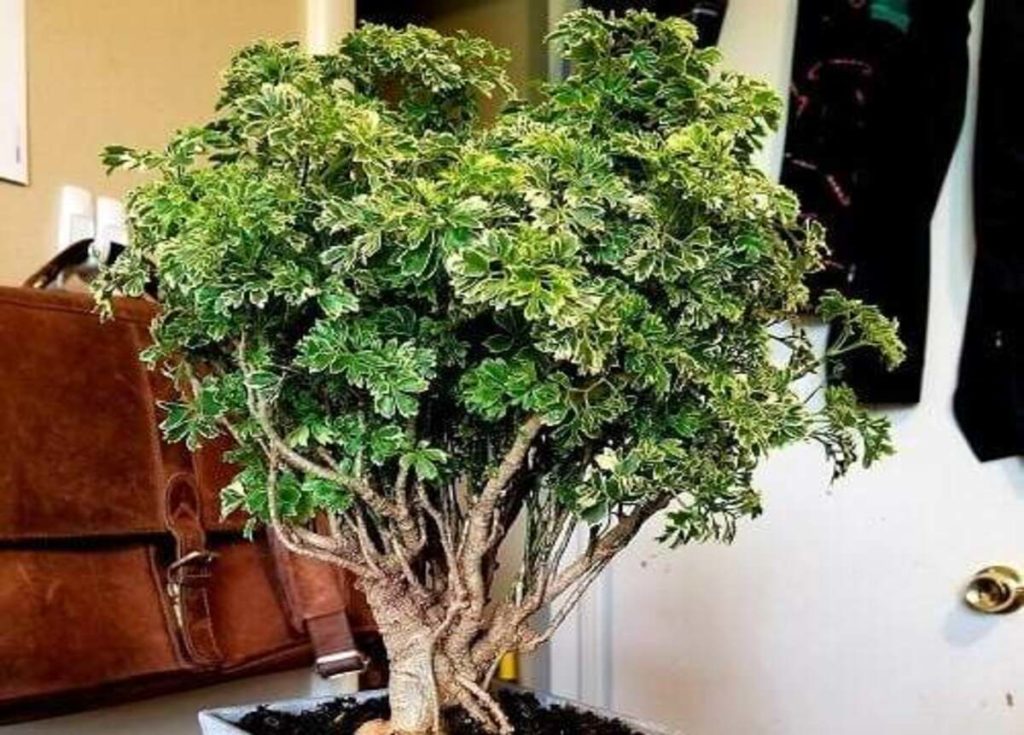
Styling and Design of the Ming Aralia Bonsai
The Ming Aralia Bonsai is a unique and striking tree that lends itself well to a variety of styling and design techniques. Here are some tips on how to style and design a Ming Aralia Bonsai:
Informal Upright Style: This style involves a slightly curved trunk with branches that gradually ascend and taper towards the top. It gives the tree a natural, informal appearance and works well with the Ming Aralia’s delicate foliage.
Slanting Style: The slanting style involves a trunk that leans to one side, with branches that extend in the opposite direction to create balance. This style is best suited for taller Ming Aralia Bonsai trees.
Cascade Style: This style involves a trunk that cascades down from the pot, with branches that extend downwards to create a waterfall effect. This style works well with the Ming Aralia’s thin branches and delicate foliage.
Multi-Trunk Style: The multi-trunk style involves multiple trunks growing from the same root system, creating a dense, full appearance. This style can be achieved by allowing multiple shoots to grow from the base of the tree and gradually pruning them to create the desired shape.
Windswept Style: The windswept style involves a trunk and branches that appear to be shaped by the wind, with foliage that is dense on one side and sparse on the other. This style is best suited for taller trees with a thicker trunk.
When designing a Ming Aralia Bonsai, it is important to consider the tree’s natural shape and growth patterns, as well as its overall balance and symmetry. Pruning and wiring should be done gradually and carefully, taking care not to damage the delicate bark. With proper styling and design, the Ming Aralia Bonsai can be a beautiful and unique addition to any bonsai collection.
How to Care for and Maintain a Ming Aralia Bonsai
Caring for and maintaining a Ming Aralia Bonsai requires some attention to detail and regular maintenance. Here are some tips on how to care for and maintain your Ming Aralia Bonsai:
Watering: The Ming Aralia Bonsai requires frequent watering, but it is important not to overwater it. Water the tree when the soil starts to feel dry, but avoid letting the soil completely dry out or become waterlogged. Water should be added until it starts to drain out of the drainage holes at the bottom of the pot.
Soil: The soil used for the Ming Aralia Bonsai should be well-draining and slightly acidic. A mix of peat moss, perlite, and sand can provide good drainage and acidity.
Fertilizing: Fertilize the Ming Aralia Bonsai during the growing season with a balanced, water-soluble fertilizer. Fertilizer should be diluted according to the package instructions and applied every two to three weeks.
Light: The Ming Aralia Bonsai prefers bright, indirect light. It should be placed in a location that receives plenty of sunlight but is protected from direct sunlight, which can damage the leaves.
Temperature and Humidity: The Ming Aralia Bonsai prefers warm temperatures between 65-85°F (18-29°C) and high humidity levels. It is important to avoid placing the tree near drafty windows or doors, which can cause stress to the plant.
Pruning: Regular pruning is essential for maintaining the shape and health of the Ming Aralia Bonsai. Prune the tree in the spring and summer, removing any dead or diseased branches and trimming back any overgrown branches.
Repotting: Repot the Ming Aralia Bonsai every two to three years to prevent root bound and to provide fresh soil. Repotting should be done in the spring, and the roots should be carefully trimmed to prevent damage to the tree.
By following these tips, you can ensure that your Ming Aralia Bonsai remains healthy and vibrant for years to come. With proper care and maintenance, this unique and beautiful tree can bring joy and natural beauty to your home or garden.
Ming Aralia Bonsai Tree care sheet
| Aspect | Care Tips |
| Watering | Water frequently, but avoid overwatering. Water when the soil starts to feel dry, but don’t let it dry out. |
| Soil | Use well-draining, slightly acidic soil mix. |
| Fertilizing | Use balanced, water-soluble fertilizer during the growing season. Dilute according to package instructions. |
| Light | Place in bright, indirect light. Protect from direct sunlight. |
| Temperature/Humid | Prefers warm temperature (65-85°F/18-29°C) and high humidity levels. Avoid drafty locations. |
| Pruning | Regular pruning to maintain shape and health. Remove dead/diseased branches, trim back overgrown branches. |
| Repotting | Repot every 2-3 years in spring. Carefully trim roots. |
Note: It is important to monitor the tree regularly and adjust care as needed to ensure its health and vitality.
FAQ:
Q: What is Ming Aralia Bonsai?
A: Ming Aralia Bonsai is a small, decorative tree that has been trained and pruned to grow in a miniature form.
Q: Can Ming Aralia be a bonsai?
A: Yes, Ming Aralia can be grown as a bonsai due to its small size and adaptability to pruning.
Q: How do you care for a Ming Aralia bonsai tree?
A: Care for Ming Aralia Bonsai by providing it with consistent watering, well-draining soil, bright but indirect light, and high humidity. Fertilize it regularly during the growing season and prune it to maintain its shape.
Q: Does Ming Aralia need sunlight?
A: Yes, Ming Aralia needs bright but indirect sunlight to thrive. Direct sunlight can damage the tree’s leaves.
Q: How do I prune Ming Aralia bonsai?
A: Prune Ming Aralia Bonsai regularly to maintain its shape and size. Use sharp, clean scissors or shears to trim back new growth to the desired shape.
Q: How often should I water my Ming Aralia Bonsai?
A: Water your Ming Aralia Bonsai frequently, but avoid overwatering. Water when the soil starts to feel dry, but don’t let it dry out completely.
Q: How do I repot my Ming Aralia Bonsai?
A: Repot your Ming Aralia Bonsai every 2-3 years to provide it with fresh soil and space to grow. Carefully remove the tree from its pot and prune any damaged roots. Repot it in fresh soil mix, and water it thoroughly.
Q: Why is my Ming Aralia Bonsai dropping leaves?
A: Dropping leaves can be a sign of overwatering, underwatering, low humidity, or pest infestation. Check your tree’s soil moisture levels, humidity levels, and look for signs of pests or disease to diagnose the issue.
Q: Can I grow Ming Aralia Bonsai indoors?
A: Yes, Ming Aralia Bonsai can be grown indoors as long as it receives bright, indirect light and consistent temperatures. It is important to provide high humidity levels and avoid placing it near drafty windows or air conditioning vents.
Q: How do I propagate Ming Aralia Bonsai?
A: Ming Aralia Bonsai can be propagated through stem cuttings or air layering. Take stem cuttings in the spring or summer and root them in a well-draining soil mix. To air layer, make a small cut in a branch and apply rooting hormone. Wrap the cut section with damp moss and plastic wrap, and wait for roots to form before cutting the branch off and potting it up.
Also Read:

